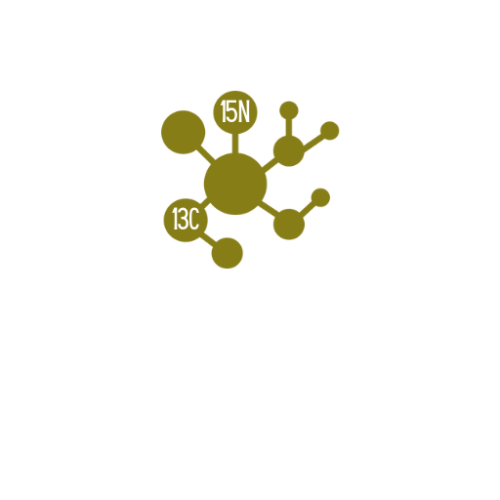pEGFP-HMGB1 plasmid (20 µg) [HM-302]
Plasmid pEGFP-HMGB1 was obtained by inserting the coding sequence for the rat HMGB1 into pEGFP-N1 (Clontech) using the EcoRi and SacII restriction sites (Scaffidi et al. Release of chromatin protein HMGB1 by necrotic cells triggers inflammation. Nature 2002, 418: 191-5). It expresses HMGB1-GFP, which is rat HMGB1 (at the N terminus) fused to GFP (at the C terminus). This protein is fully functional and is functionally equivalent to unmodified HMGB1 (Pallier et al. Association of chromatin proteins HMGB1 and HMGB2 with mitotic chromosomes. Mol Biol Cell 2003, 14: 3414-26).
Pubblications:
- The Regulatory Role of Nuclear Respiratory Factor 1 in Bladder Cancer Cells
- CUL4A-mediated ZEB1/microRNA-340-5p/HMGB1 axis promotes the development of osteoporosis
- Leukoreduced PRP enhanced proliferation and ECM production yet inhibited senescence, inflammation, and multi-differentiation potential of AFSCs by downregulating HMGB1
- HSF1 enhances the attenuation of exosomes from mesenchymal stem cells to hemorrhagic shock induced lung injury by altering the protein profile of exosomes
- The Role of Box A of HMGB1 in Enhancing Stem Cell Properties of Human Mesenchymal Cells: A Novel Approach for the Pursuit of Anti-aging Therapy
- Determination of the Impact of High-Intensity Pulsed Electromagnetic Fields on the Release of Damage-Associated Molecular Pattern Molecules
- Afzelin induces immunogenic cell death against lung cancer by targeting NQO2
- Evidence for SIRT1 Mediated HMGB1 Release From Kidney Cells in the Early Stages of Hemorrhagic Shock
- The Anti-inflammatory Effects of HMGB1 Blockades in a Mouse Model of Cutaneous Vasculitis
- Nonoxid-HMGB1 Attenuates Cognitive Impairment After Traumatic Brain Injury in Rats
- Bonaldi et al. Monocytic cells hyperacetylate chromatin protein HMGB1 to redirect it towards secretion. EMBO J 2003, 22: 5551-60
- Agresti et al. GR and HMGB1 interact only within chromatin and influence each other’s residence time. Mol Cell 2005, 18: 109-121






